The Article
Eros Power Block From Titan Audio
29th April 2022
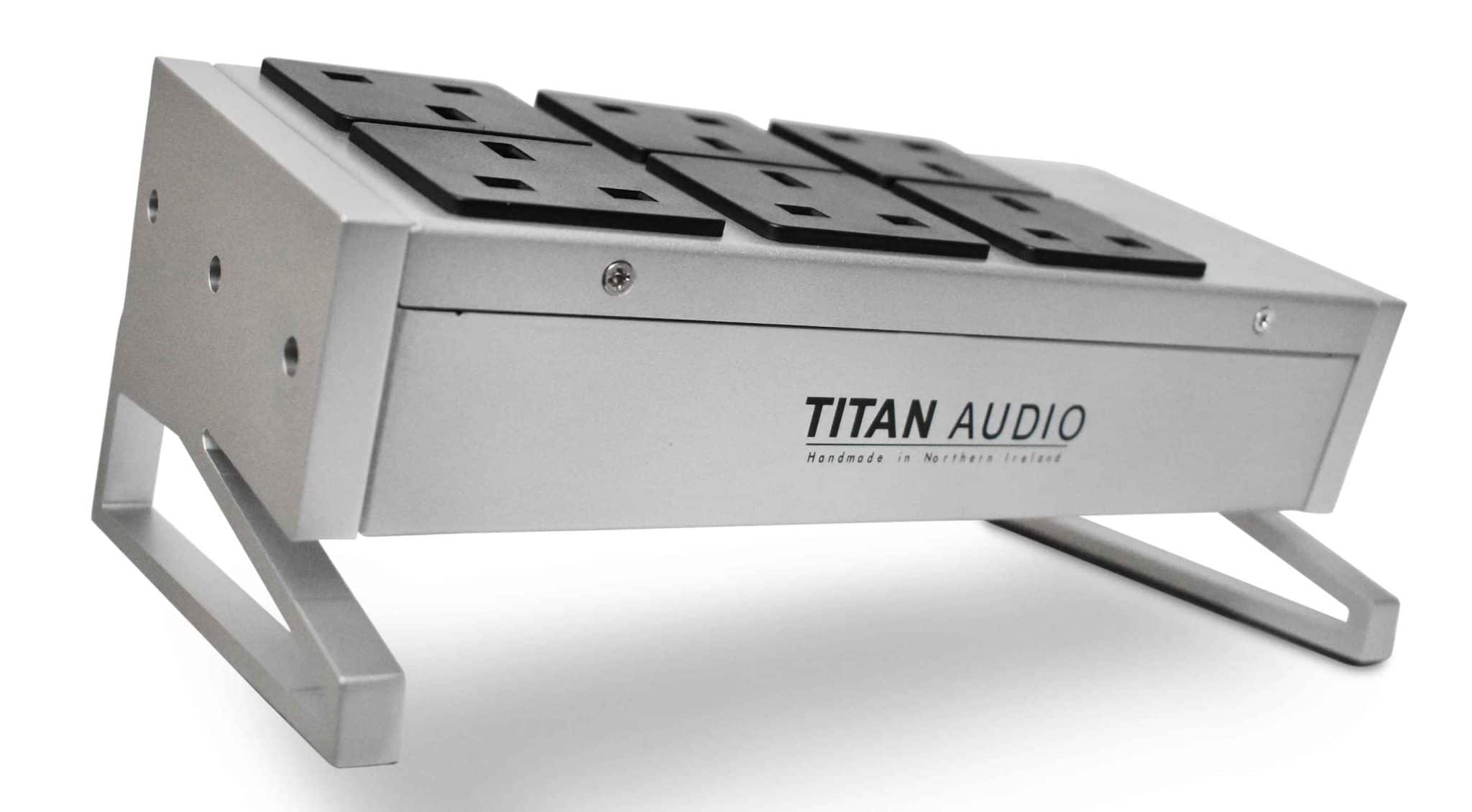
A new power block or, as Titan has it ‘Power Distribution Unit’, Paul Rigby plugs in, turns on and sits down
It’s been a while since I last reviewed any cabling from the specialist outfit, Titan. It’s been even longer since I last reviewed a power block from the company. Well, that’s now rectified with the appearance of the Eros. A Power Distribution Unit, I’ll have you know.
It looks like a recording console in a studio, doesn’t it? A form factor I like very much. There is a techie reason for this, though. Apparently the normal busbar approach to power blocks can result in variable current delivery. Busbars are power blocks fitted/connected with solid bars. Moving away from that approach and, instead building the block this way means that each socket receives the same current level.
Each of those sockets receives current from the same type of copper cabling you’ll find in the company’s audiophile cables like the Nyx and Helios while earthing has apparently been improved from earlier models.
You’ll also find a grounding point on the outer chassis to which you can connect things like the Russ Andrews Superrouter, for example to reduce the noise floor.
The aluminium chassis is internally coated with damping materials and is supported by isolating neoprene on the bass with each leg attached with steel fixings.
So how does this thing sound then?
SOUND QUALITY
I started with CD and Stereolab’s Switched On from 1992. I selected the track Changer, a relatively low key outing stuffed with quite delicious female vocal arrangements but retaining the classic indie electric/bass guitar drive. A good HiFi will also keep careful track of the delicate cymbal taps on the right channel.
To begin I compared the new Eros block with Titan’s own Styx block (priced around £150), a lower cost unit that I rate very highly indeed. In fact, I reviewed this unit a while back on this site. Check out the review itself HERE. Even so, I wondered if there would be improvements from the Eros and, if so, of what type and by how much.
From the off, I preferred the Eros in design terms. It was solid in its build with a far more stable sit on the floor of my listening room with its console-like form. The Styx, being essential a single strip of sockets with small feet at either end, was all too easily pushed over by large and weighty cabling.
On my HiFi I have two power blocks. One holds the sources (i.e. turntable, CD player, DAC) and those amplifiers higher up the chain (i.e. phono amplifier) while the Styx holds the power section such as the pre amp power monoblocks and the power sections to my Quad 57 electrostatic speakers.
Hence, this first test was essentially addressing bass and lower midrange frequencies while also looking at the overall foundation of the music across the soundstage.
The contrast between the Styx and the Eros was significant. Wholly significant. There was a drop in the noise floor from the Eros which meant that cymbal activity on the right channel was much clearer now. That wasn’t all though, the cymbals sounded further forward in the mix while the output of this one instrument was fuller in its delivery and more complex in terms of its timbre.
At the beginning of the track, band founder member Tim Gane hit a steady strum beat on the electric guitar. Via the Eros, this guitar wasn’t as scratchy or primitive in its output as it sounded via the Styx, at least in relative terms. Again, music via the Eros sounded fuller and more complex. There seemed to be a lot more going on in tonal terms while the accompanying bass guitar had a firmer hold on the music now, adding power.
As for the twin female vocal. I could still hear grain and texture, I didn’t want to lose those, but there was an extra smoothness to the vocal delivery now.
AND NOW VINYL
Turning to vinyl and listening to The King’s Singer’s Peanut Vendor from the LP, Encore (1971), the harmonies were smooth yet intricate while the low-key percussion offered precision on the toms toms plus delicacy via the treble-infused cymbals.
Music via this track was quite effortless yet was full of nuance and detail.
I then tried the Eros in the source position, connecting my turntable, DAC and CD transport. This time, the Eros came head to head with the QB6 via Nordost (£1,580).
Although the Eros performed well around the treble and upper mids for its price point, it didn’t quite have the control around those areas as the QB6. The QB6 exhibited enhanced precision and focus which again, considering the difference in price, wasn’t a great surprise. Nevertheless, I was very impressed with the midrange and bass via the Eros which competed well with the QB6 in both parts of the frequency spectrum.
Vocals were texturised and full of emotional information from the Eros while percussion was clean and crisp with real emphasis shown after each hit of the drum. Electric guitars rung with electricity and the bass guitar provided a strong foundation to the track as a whole.
Those effects were transferred to vinyl and The King’s Singers. I was most impressed, on this track, by how wide the soundstage stretched via the Eros, and how the musical space itself was maximised.
CONCLUSION
In terms of physical design, I like the compact aspect of the Eros. The mirrored, double row socket arrangement helps to keep cables tidy and in place while the sturdy metallic chassis sitting upon the sturdy legs keeps everything secure and in place.
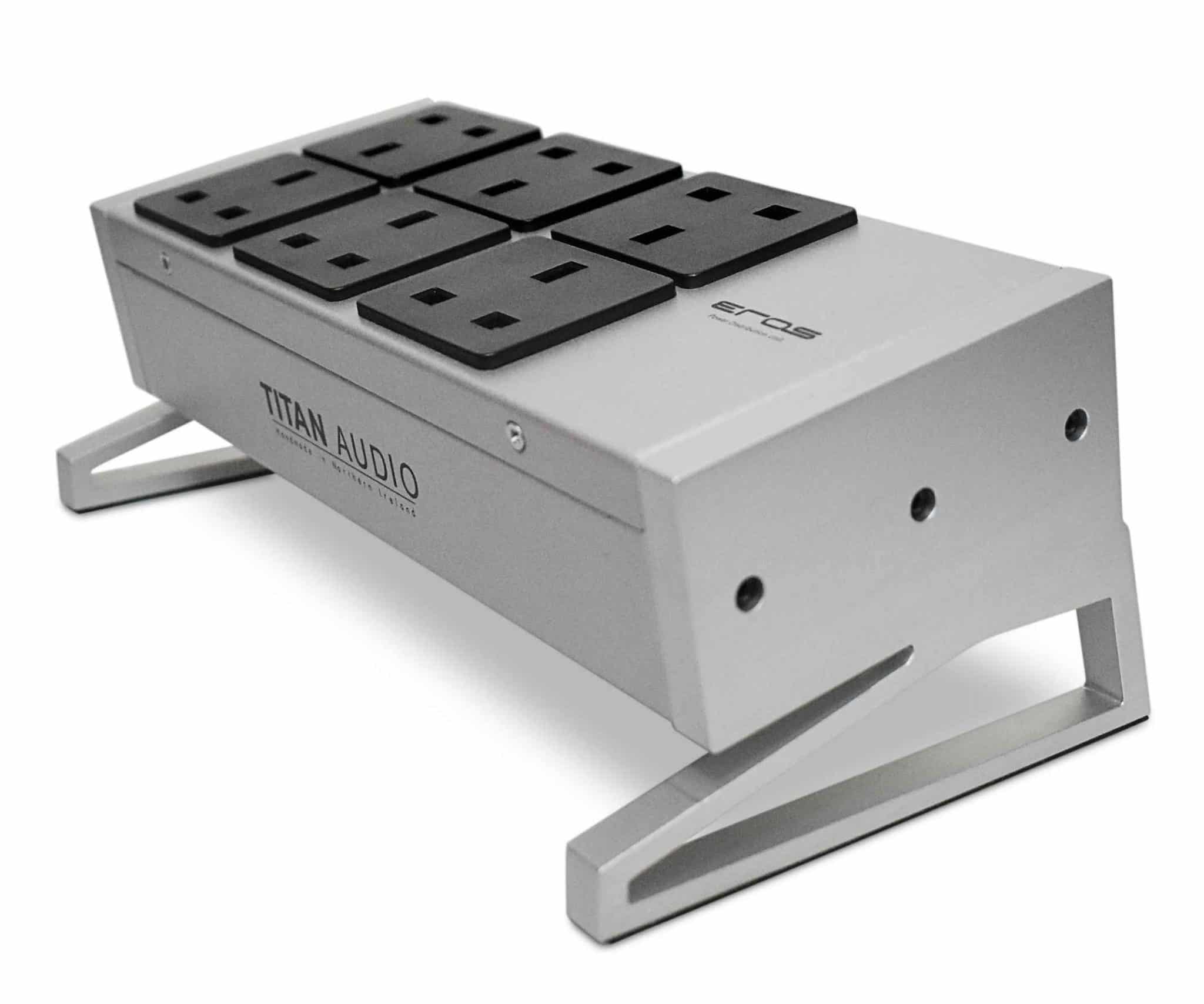
In terms of sonics, I was very happy with the overall performance. In its price point, the Eros is a great all rounder offering a low noise, high detail response that was appreciably transparent in terms of digging into the mix to extract hidden information.
Plug your HiFi components into one or more Titan Eros power blocks and, in sonic terms, you’ll be giving your HiFi a solid foundation.
TITAN EROS POWER DISTRIBUTION UNIT
Price: £750
Website: titanaudio.co.uk
GOOD: compact and solid design, low noise, smooth midrange, expansive bass
BAD: nothing
RATING: 8
[Don’t forget to check out my Patreon Page at www.patreon.com/audiophileman, for exclusive editorial!]
REFERENCE
Origin Live Sovereign turntable
Origin Live Enterprise 12″ arm
Van Den Hul Crimson XGW Stradivarius Cartridge
Ortofon Cadenza Bronze MC cartridge
Icon PS3 phono amplifier
Quad ESL-57 Speakers with One Thing mod
Blue Horizon Professional Rack System
Harmonic Resolution Systems Noise Reduction Components
Air Audio AC-2K Balanced Transformer

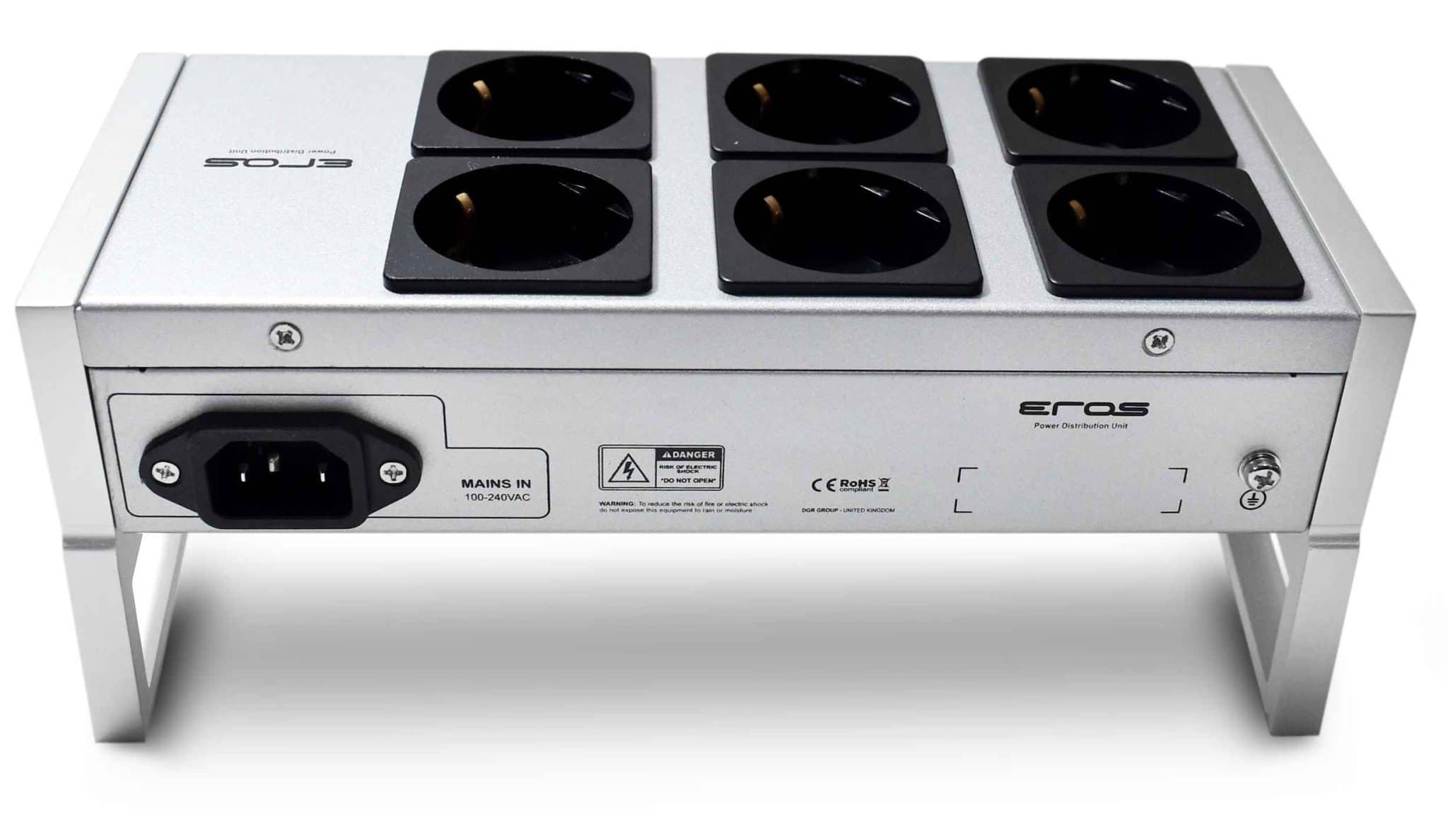
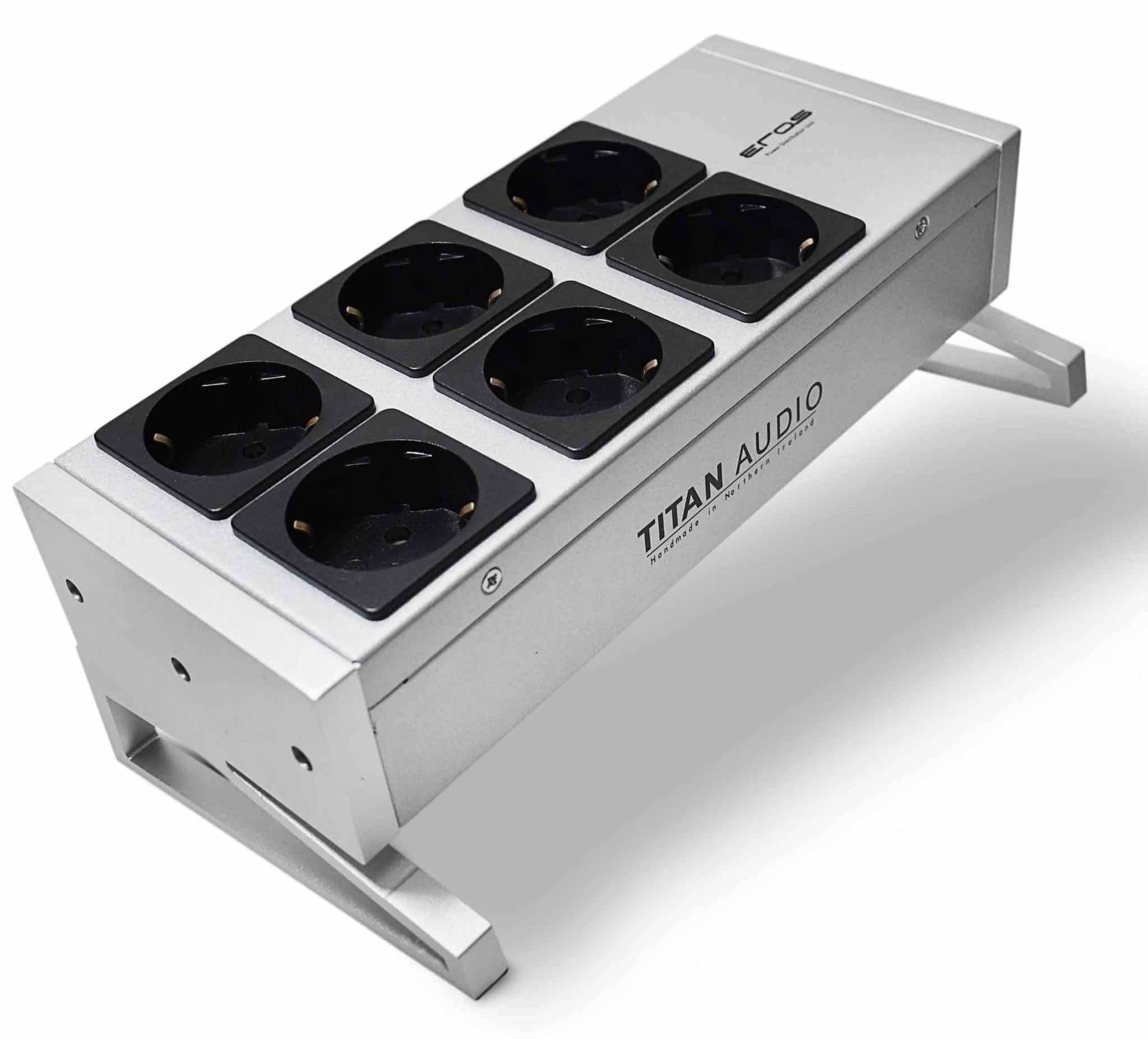
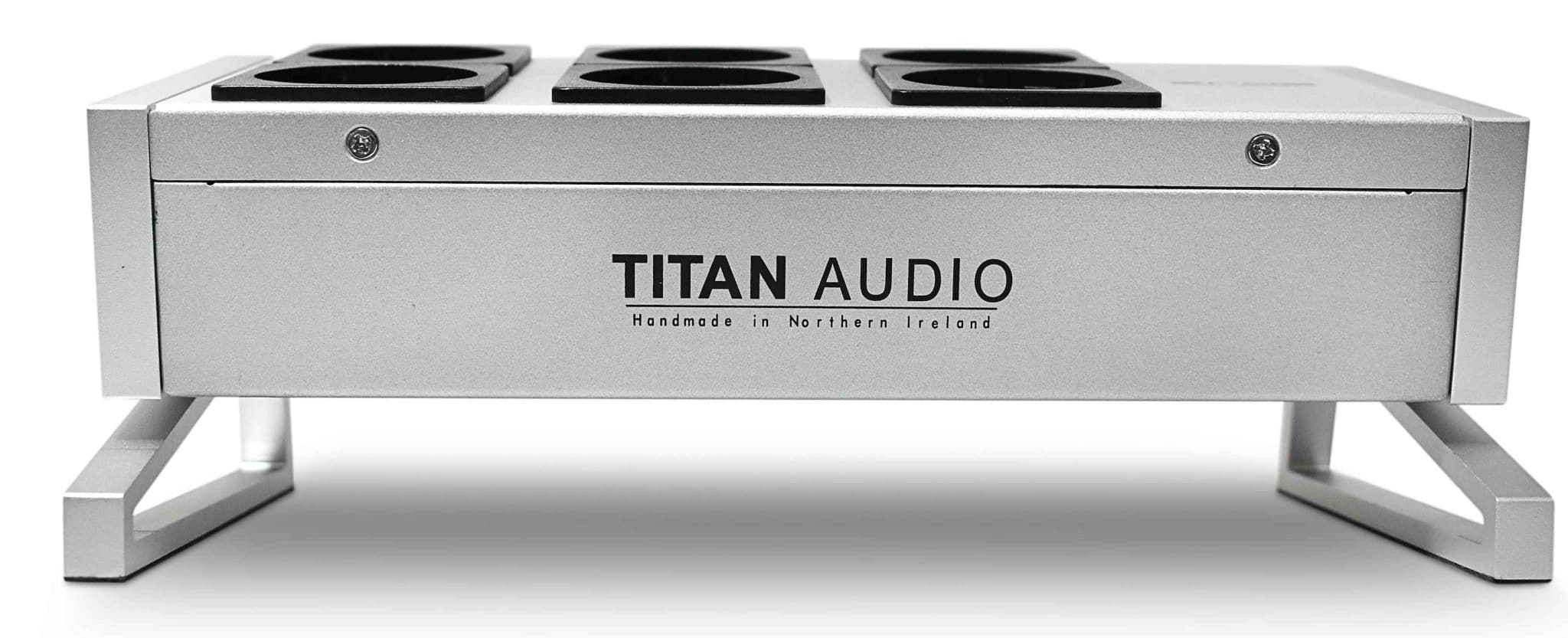
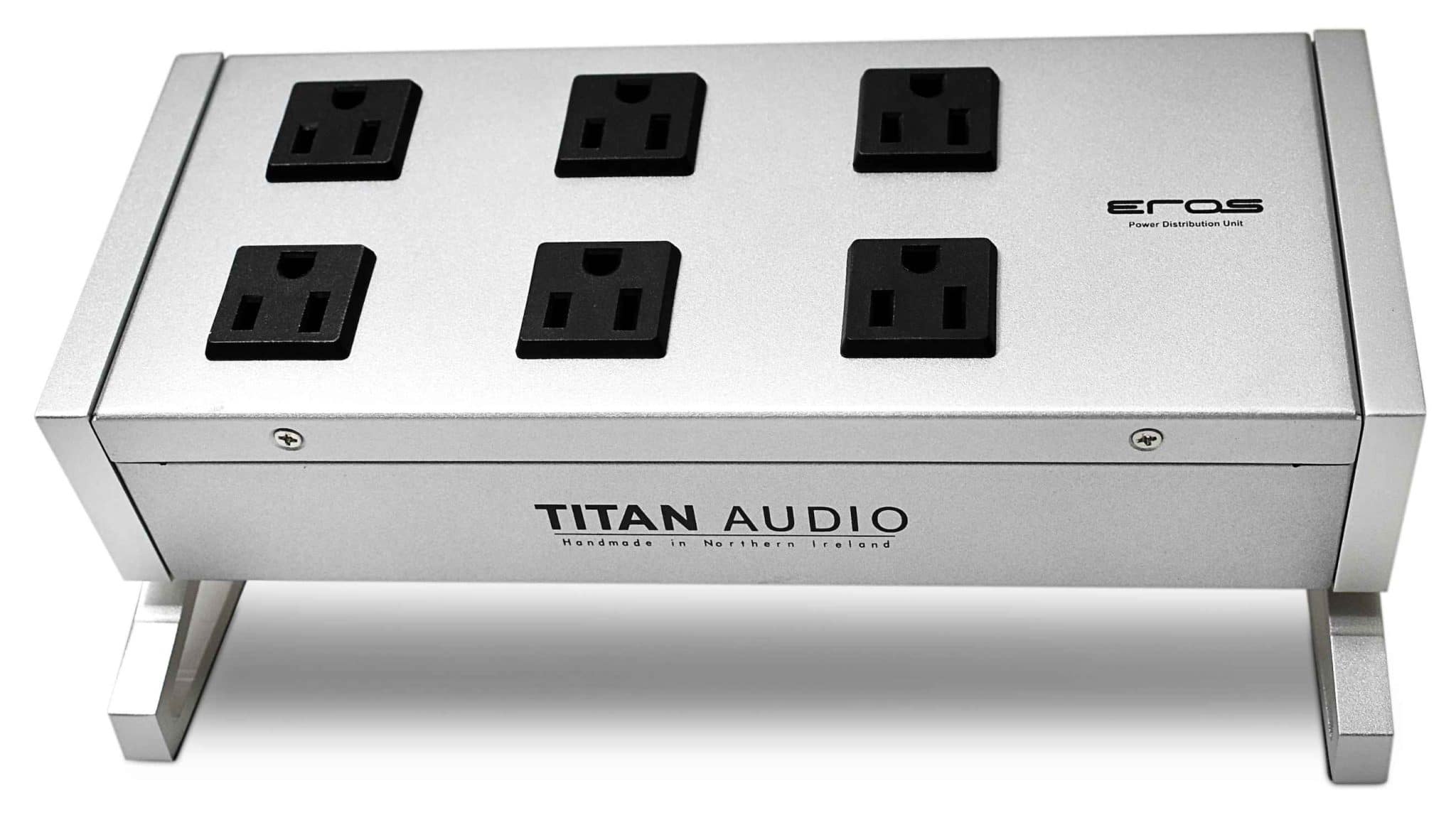
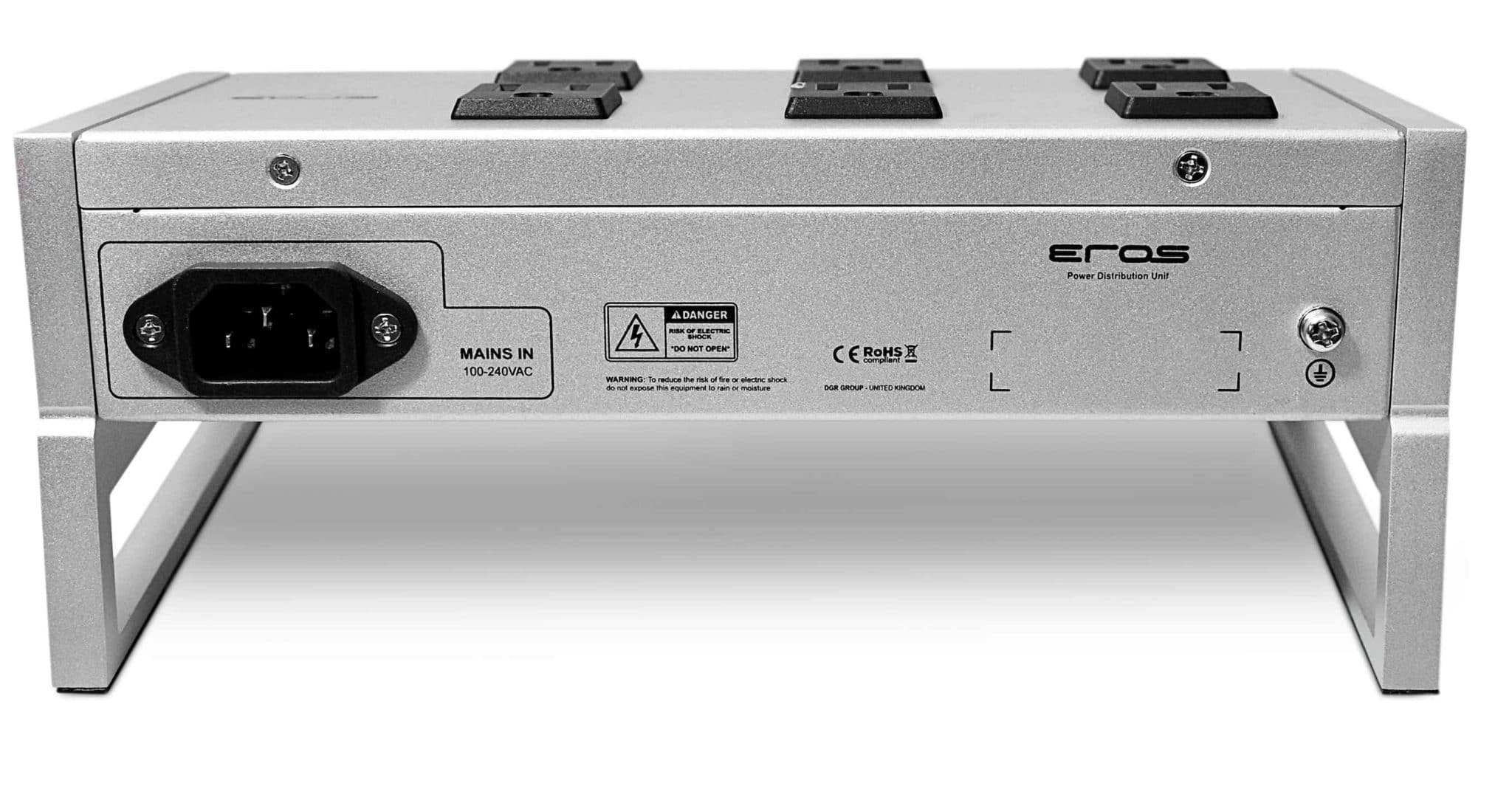
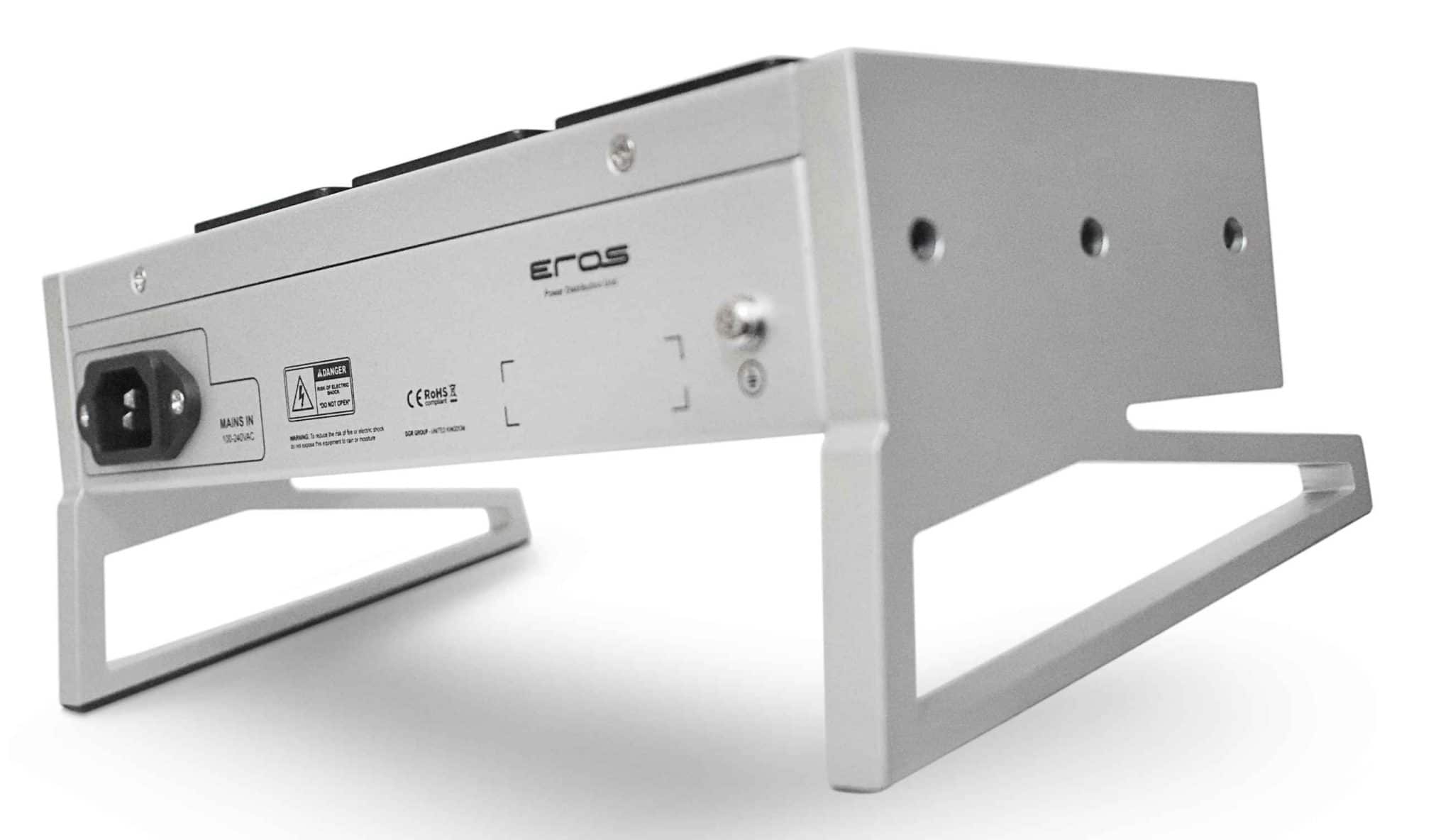
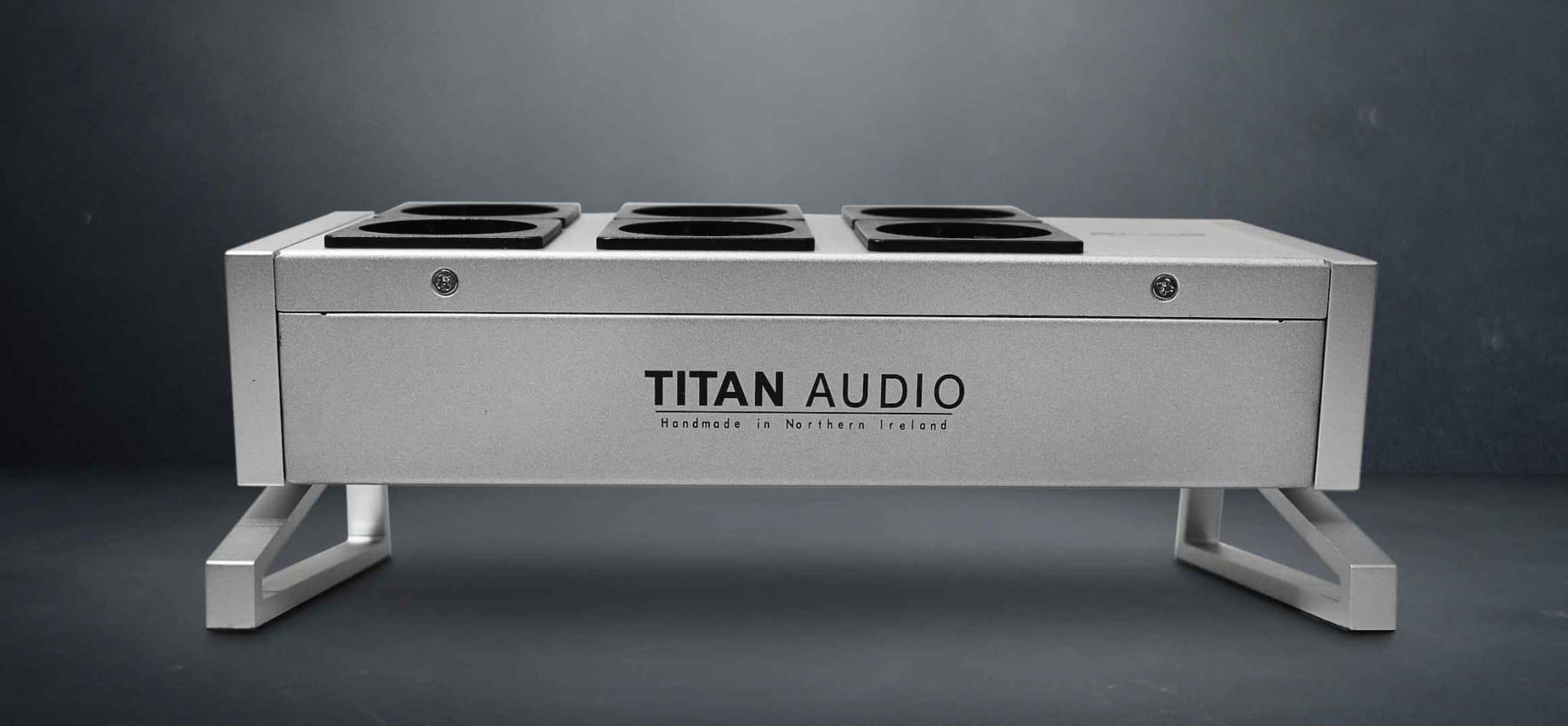

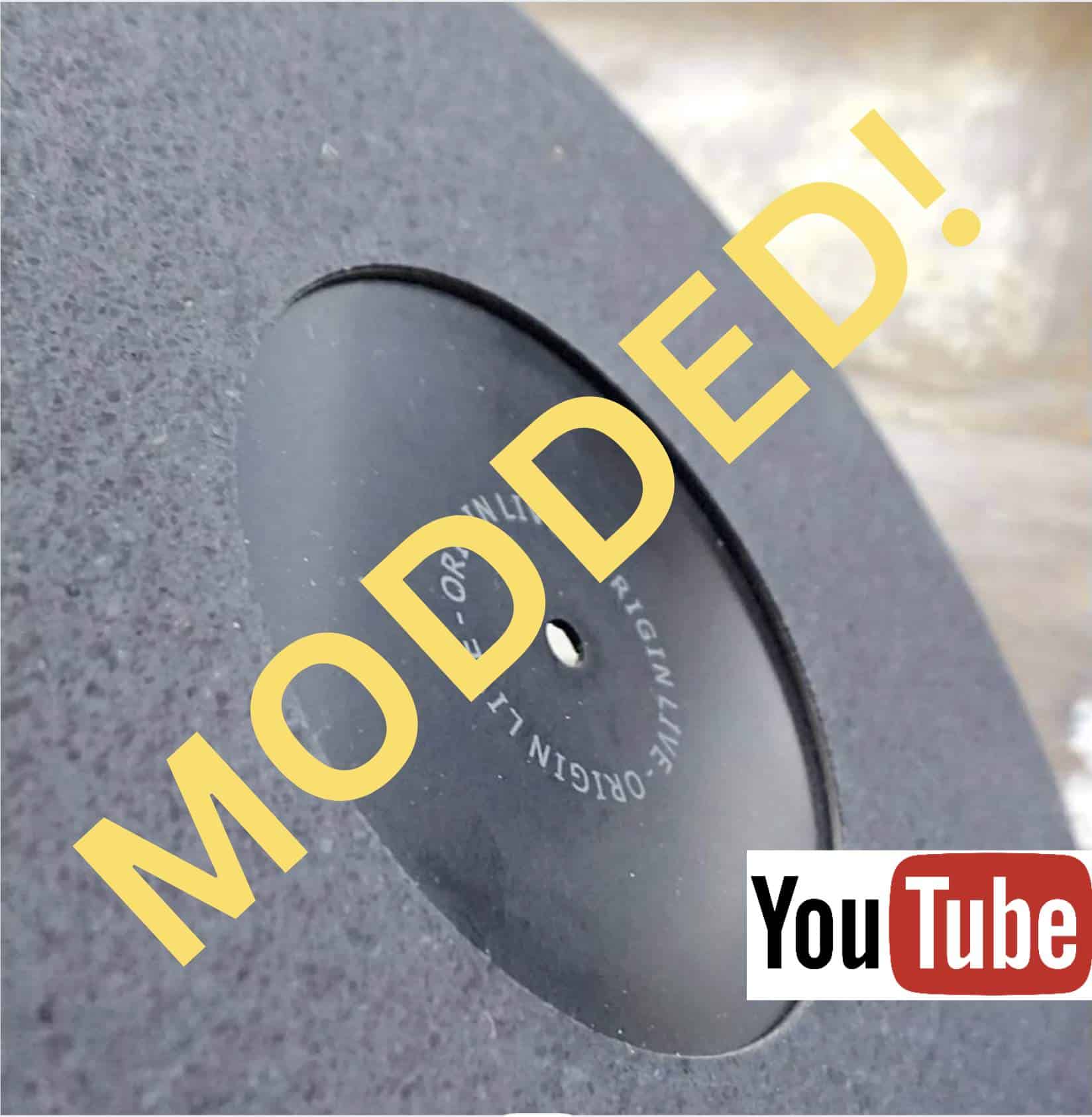
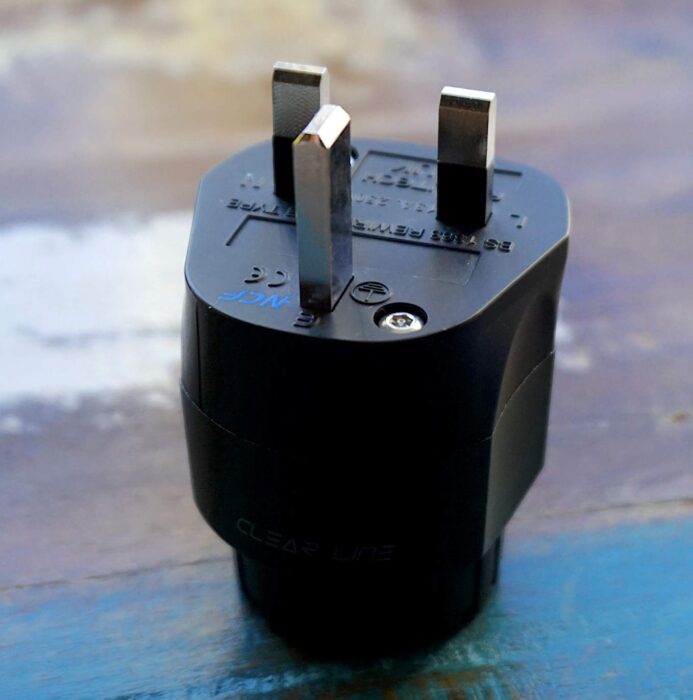
Firstly thanks for the review Paul. Unfortunately that’s as far as I’m getting with my own appraisal of your very welcome review being a Titan devotee myself as for third time this week I’ve been stopped dead in my tracks. First I find out that Phillip Jeck is gone. Then, shocker of shockers, Mira Calix followed unwontedly. Finally, just now in fact, I find out that Klaus Schulze himself has departed to that place beyond the clouds. For now it’s the music and nothing but the music that counts. Strange that I’m playing Yo La Tengo’s Electr-O-Pura right now…..
Hi Dermot – I think, as we, ourselves enter this time in our lives, the people we most admire and whose work we most enjoy age ahead of us. Obvious, I know, but worth a pause to muse upon, especially as so many artists leave us, seemingly in a rush. Nevertheless, there remain the shocks. Mira, as you say. She was only in her early 50s wasn’t she? I was personally hit most by Klaus because I thought he was one of those characters who would last forever. A silly assumption but we humans are full of silly assumptions.
And I’m a fan of Yo La Tengo. Nice to hear you enjoy their work too.
I’m trying my best to keep my emotions in check here. Thank you for your response to my post. Really appreciate that. I suppose it had to be written. Of people like you and me who are at “that” time in our lives where our heroes, whoever they may be, age ahead of us whether we like it or not. Yes, Mira Calix, or to give her her real name Chantal Francesca Passamonte, was only 52 years of age. God bless her. I love what you say about Klaus though as, like his music, we thought he would last forever and a day. At least we still have his music and for that we have to be eternally grateful. Would you believe his ‘new’ opus (Deus Arrakis) is set for release on the 10th of June. Out on all the usual formats including a triple vinyl edition. What can I possibly say about that!
As for my life long favourites Yo La Tengo? Well that particular album I played was the perfect antidote to my sadness and not because it‚Äôs a ‚Äòhappy‚Äô album but because it too, like most of their albums, is suffused with a just-out-of-reach ‚Äòhappiness‚Äô which we ourselves never reach, though we try, in this sad old world. And, that‚Äôs exactly the way it should be for us silly old buggers üòâ
Hi Paul have reviewed the Titan Ares mains block and the Titan Eros v2 mains block if so could you tell me the main difference between the 2 mains block and if the Titan Eros v2 is worth the Difference in price as I just want to buy 1 for the long term and not to keep upgrading. My kit I am using is the naim uniti nova with rogers ls35a and rogers ab1 subwoofers I look forward to your response kind regards Lincoln
I don’t think I have reviewed the Ares, no so it will be tough to help you specifically. What’s your budget?